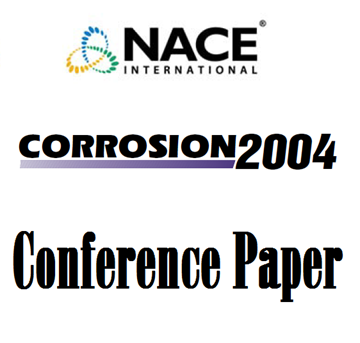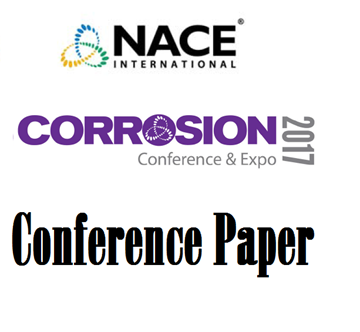Search
51315-5570-Corrosion of Thermally Sprayed Aluminum in Flowing Seawater
Also Purchased
04022 Experiences on Thermal Spray Aluminum (TSA) Coating for Offshore Structures
Product Number:
51300-04022-SG
ISBN:
04022 2004 CP
Publication Date:
2004
$20.00
04719 Application and Performance of Thermally Sprayed Aluminum and Zinc on Steel
Product Number:
51300-04719-SG
ISBN:
04719 2004 CP
$20.00
Protection of Deep Sea Steel Structures Using Thermally Sprayed Aluminium
Product Number:
51317--9009-SG
ISBN:
9009 2017 CP
Publication Date:
2017
$20.00




